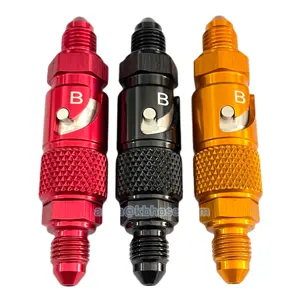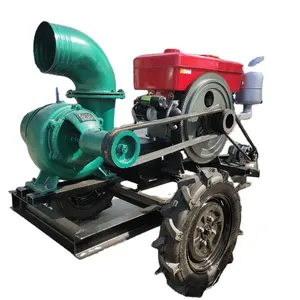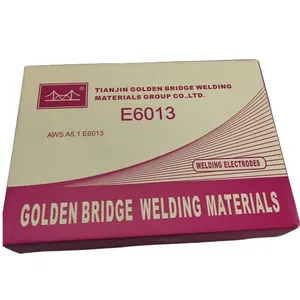Popular in your industry








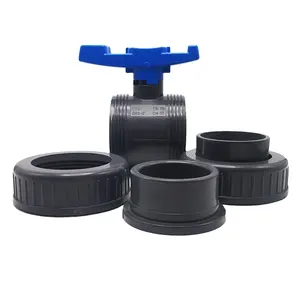



















































Related Searches:








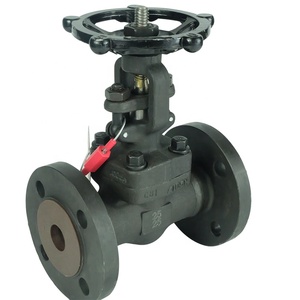


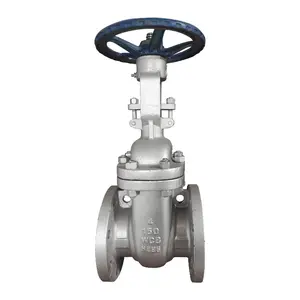

















































































































Top categories
About ansi 600 gate valve
Understanding ANSI 600 Gate Valves
Gate valves, an essential component in industrial fluid control, come in various standards, including the ANSI 600 gate valve. This category represents valves designed to meet the specifications of the American National Standards Institute (ANSI) for pressure rating 600, indicating their suitability for high-pressure applications.
Types and Materials
The ANSI 600 gate valve is available in several types, each tailored for specific operational needs. Common materials used in their construction include stainless steel, carbon steel, and alloys, providing durability and corrosion resistance. The choice of material often depends on the valve's intended application and the nature of the fluid it will control.
Temperature and Application Range
These valves are engineered to function efficiently across a spectrum of temperatures, from normal to high-temperature environments. This versatility makes the ANSI 600 gate valve suitable for a wide range of applications, from oil and gas to water treatment plants, ensuring reliable isolation and control of fluid flow.
Design Features
Design features of the ANSI 600 gate valve include options for different gate designs, such as parallel and wedge shapes, each providing unique sealing capabilities and flow characteristics. Additionally, these valves come in various colors like silver, black, and red, aiding in visual identification and maintenance protocols.
Advantages of ANSI 600 Gate Valves
The ANSI 600 gate valve offers several advantages, including robust construction for longevity, the ability to withstand high pressures, and compatibility with a range of temperatures and materials. Their design ensures minimal fluid resistance when fully open, contributing to efficient system operation.
Selection Considerations
When selecting an ANSI 600 gate valve, factors such as the specific application, fluid characteristics, and operating conditions must be considered. It is crucial to choose a valve that not only meets the ANSI standard but also aligns with the system's requirements to ensure optimal performance and safety.
